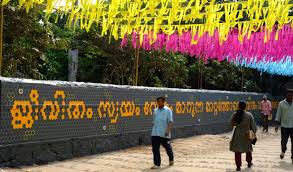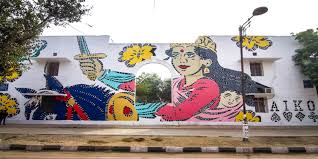
Menu

The span between the 14th and 17th century marks an important period in the evolution of science, art and philosophy, termed as The Renaissance. This was a phase when Europe rediscovered the Ancient Greek and Roman cultures and ideologies. This led to the emergence of various styles and ‘schools’ in art, giving birthplace to various masters of arts that are celebrated today.
Leonardo Da Vinci, Michelangelo, and Raphael are some of the most notable names from the renaissance period. Each of these artists focused on realism and humanism, with particular focus on the beauty of the human figure. The Mona Lisa, painted by Da Vinci, highlights the art of this era. Other than the notable shy smile of the woman, her identity is also a mystery wrapped in an enigma. The invention of linear perspective along with shading enabled painting to possess a new dimension and level of realism.
Recognizably, during the Renaissance, art was not only confined to religion. Although religious themes were still dominant, many rich patrons emerged who commissioned an array of paintings that most often celebrated human endeavors and philosophy. Raphael’s School of Athens is an example of how religion can blended with science in a secular manner.
The Renaissance was a cultural revolution and a reformation of Western art and thought that set the premise for almost all movements in art and science after. Even today, its impact and vision are the lens through which art and human experience is viewed.



